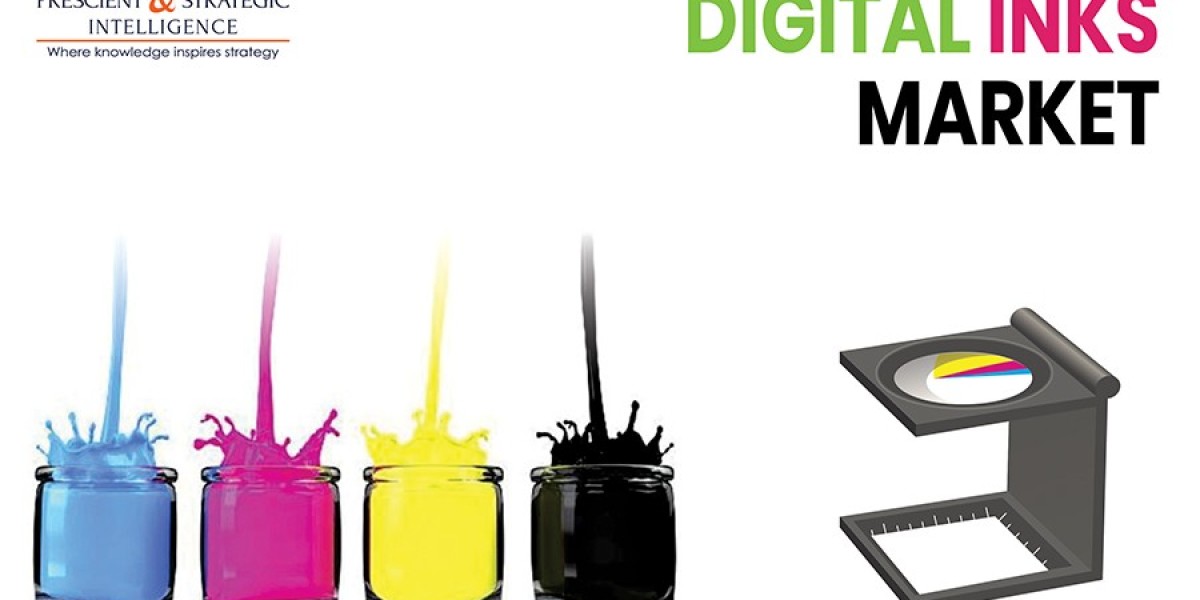Digital ink is a transformative technology that enables the electronic integration of handwriting and drawings into documents, which can then be displayed on computer monitors. This innovative system utilizes specialized digital pens or styluses to electronically capture and record handwritten content on digital paper, specifically designed for this purpose.
The captured handwriting can be further processed using handwriting recognition technology, converting it into standard text, or it can be preserved in its original handwritten form. Likewise, drawings created with digital ink can be saved in their original format or easily modified and enhanced using software tools.
This technology provides users with a seamless and efficient way to incorporate the familiarity and expressiveness of traditional pen and paper into the digital realm.
Electrography Vs. Inkjet Inks
Two popular types of digital inks are electrography inks and inkjet inks. Let's explore each of them:
Electrography Inks
Electrography is a printing technology commonly used in laser printers and photocopiers. Electrography inks, also referred to as toners, are dry powders consisting of pigments or dyes suspended in a resin binder. These inks work by using electrostatic charges to transfer the toner onto a surface, typically paper or other media.
Electrography inks offer several advantages, including fast printing speeds, sharp text and graphics, and excellent durability. They are commonly used in office environments for high-volume printing, as well as for digital production printing.
Inkjet Inks
Inkjet technology is widely used in desktop printers, large-format printers, and industrial printing applications. Inkjet inks are liquid-based formulations that contain either dyes or pigments dissolved or dispersed in a liquid carrier, which can be water-based or solvent-based.
Dye-based inkjet inks offer vibrant colors and a wide color gamut, making them suitable for photo printing and graphics. They tend to have a smaller particle size, resulting in smoother prints but may be more susceptible to fading over time.
The use of digital inkjets is increasing significantly because these inks are extensively used for computer printouts labels and are cost-effective.
Application of Digital Inks
Digital inks have found widespread application across various sectors, such as office printing, commercial printing, industrial printing, packaging, textiles, and publications. Here's a breakdown of their usage in specific sectors:
Commercial Printing
Digital ink is extensively used in commercial printing for producing brochures, catalogs, flyers, business cards, and other marketing materials. They offer high-quality, vibrant color printing and allow for customization and short print runs, making them suitable for on-demand printing needs.
Office Printing
Digital inks have become a staple in office printing environments. They are utilized in inkjet printers and multifunction devices for printing documents, presentations, reports, and other office-related materials. Digital inks provide fast printing speeds, sharp text, and accurate color reproduction.
Additionally, even though digital inks are mostly used for commercial printing, it is increasingly being used in office printing because of their better quality of digital prints and cost-effectiveness.
Packaging
Digital inks are essential in the packaging industry. They are used for printing labels, flexible packaging, folding cartons, and corrugated boxes. Digital printing enables the efficient production of customized packaging designs with shorter turnaround times, making it ideal for small to medium print runs and versioning.









